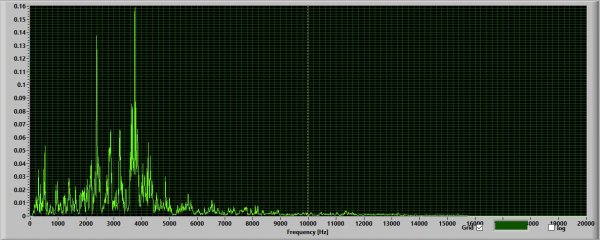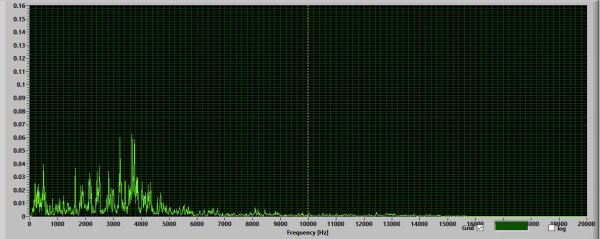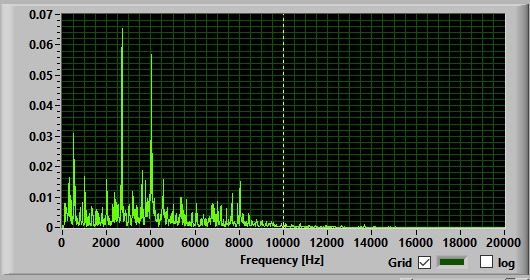Depending on circumstances, what they’re going on top of and system balance I can like most solid hardwoods but that’s irrelevant, buying sheets or blocks of these woods is easy and inexpensive people should find out for themselves. There are rack manufacturers that use other engineered woods than panzerholz, perhaps they can offer alternatives.
david
Hi David, thank you for your reply. We are not looking for alternative materials, but I am interested in your experiences. Let me take the opportunity to explain why. Most of what I'm about to write is known to you, so do not consider this to be directly addressed to you, it may however be interesting to others.
We started using panzerholz about 2.5 years ago to solve address an issue we found when we started modifying the Table Stable active platforms. The issue was these active platforms "isolate" up to 200Hz, in order to do that the feedback circuit measures up to 2000Hz to account for harmonics, as a 200Hz resonance will have harmonics at 400Hz, 600Hz, 800Hz etc. They are fitted with an aluminium top platter sandwiched to a steel frame which causes no issues below 2000Hz. However Aluminium is very resonant above 2000Hz. It's resonance spectrum does not complement any type of musical instrument behaviour so we consider this an undesirable trait.
For painting a complete picture, material resonant behaviour is what makes musical instruments function. In stringed instrument, like a Violin or a guitar, the sound radiation source is mainly a top plate, in pianos it's a soundboard. The strings excite the natural resonances of the top plate/soundboard which are usually made out of wood. The wood provides a dual function, amplification, as it will amplify at its resonance frequencies, and damping, as it will damp some the high frequency resonance of the strings. Spruce is most often used as a soundboard material as it has low density and low internal friction (damping). Maple has higher density and higher internal friction, usually only used to construct the casing. Engineered woods can have even higher density and internal friction. Interestingly one of the applications of Panzerholz is to serve as the frame on which soundboards can be mounted in grand pianos.

So we tried a lot of materials, a whole range of wood types, the highest damping woods however came with strong resonance modes in the midrange, both upsetting the Table Stable feedback circuitry and obviously colouring the sound. Bamboo plywood was the best compromise between low midrange colouration and damping aluminium resonance as far as natural wood goes. Composite Bamboo did a bit better, but still not well enough. Then we tried a whole range of high damping composite materials, stones and artificial stones with varying results and finally ended up trying Panzerholz which did the best job by far. We ended up with replacing the stock 6mm aluminium top cover with a 10mm one and sandwiching it with 10mm Panzerholz.
Later on we discovered placing the Table Stable on top of a 40mm board of Panzerholz and adding another on top improved performance even more. Then we got enquiries from customers who wanted to try Panzerholz boards stand alone, so we shipped a bunch out, received feedback claiming good potential, incredible bass, significant increases in clarity but a bit of a "hard quality" to the upper midrange/lower highs, some upper midrange smearing and we should do something with it. So we did, we discovered there where some small modes in the range centered around 3K, we moved those to over 20K by machining all sorts of patterns into the Panzerholz, ended up with the current design as it has no repeatable distances across the board, think diffusion without repeating distances for a sound room. This took care of the upper midrange modes and the associated smearing. Then we had to address the hard quality to the upper midrange/lower highs.This had us baffled for a long time until a conversation with Table Stable introduced the concept of micro oscillations to us. Everything oscillates. Even 2 surfaces, bolted rigidly together, are subject to micro oscillations between them. This is for example what can loosen bolts over time. Even large masses are subject to this. You can move very heavy objects with minimal force if the surface beneath it vibrates. Another example, Tiny Multi Layer Ceramic Capacitors can vibrate significantly when exposed to AC voltages, they can even break off the PCB over time, as they actually cause PCBs to slightly warp under the vibrations they emit. Guess why nobody likes to use those in Hi-Fi.
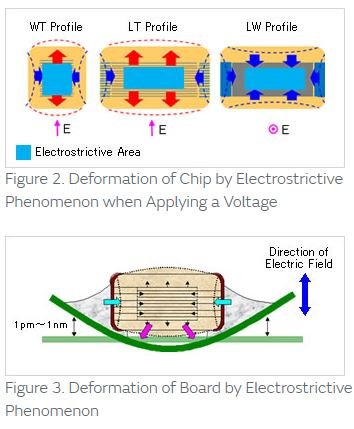
The upper midrange/lower highs harshness was the whole board, with appliance on top, literally bouncing on the floor. An easy way out is using compliant footers, like rubber. But these have a side effect. They create a spring-mass system, the frequency response of this is the lower range passes through, up till the resonance frequency of the system where it amplifies (!), after which it starts damping. The amount of damping defines the amplitude of the resonance peak. This is NOT a neutral Frequency response:
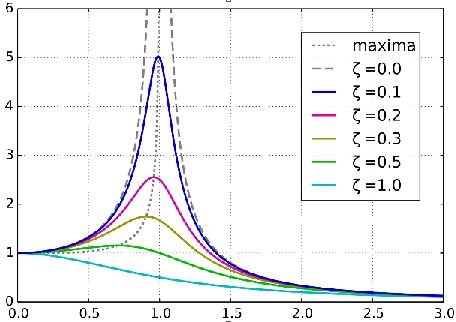
If the compliant medium (rubber) is stiff, this can be way up the frequency range, up into the midrange for example. So we came up with the not rigidly mounted footer system damped by foam. Micro oscillations are damped and it has no resonance peak.
Now I've been writing the foams affect the high frequency damping. That is actually a gross oversimplification, if you remove any of those, you start introducing a degree of micro oscillations. That sounds wrong, but it isn't really, as it is just a way of voicing. Ultimately voicing is all about managing resonances. You introduce them in all kinds of flavours, like seasoning in cooking, a bit of spruce here, a little bit of maple there, maybe add a touch of copper, or maybe your dish needs a hint of silver?
Bottom line, the Daiza is virtually neutral. But do you want it to be neutral? Or do you want to use it to add some flavour?







